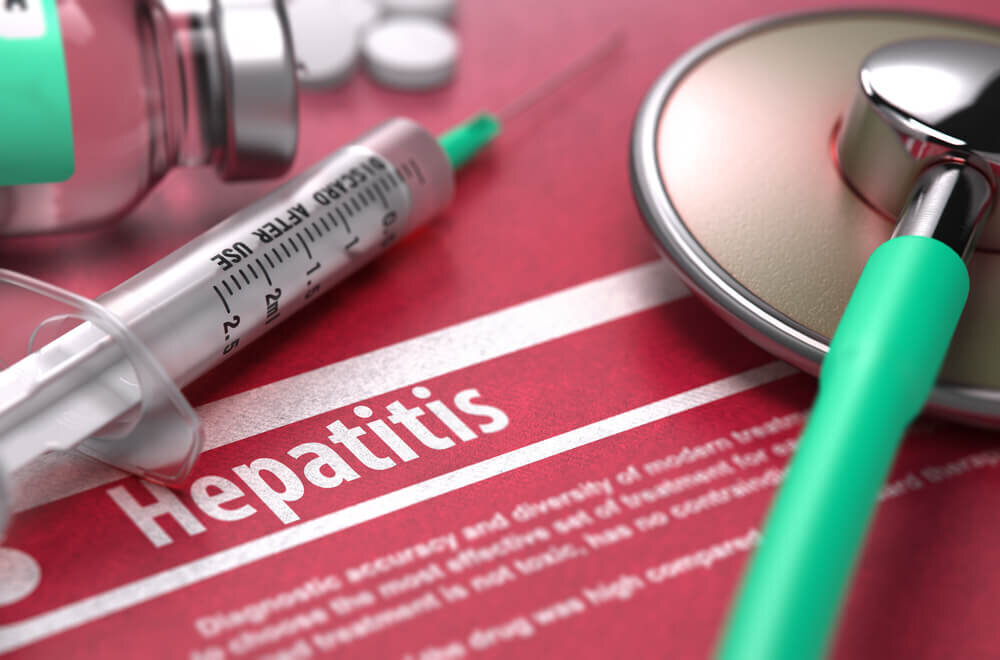World Hepatitis Day: “one life, one liver”

TEHRAN - World Hepatitis Day, observed on July 28 every year, aims to raise global awareness of hepatitis and encourage prevention, diagnosis, and treatment.
The date marks the birthday of Nobel-prize-winning scientist Dr. Baruch Blumberg, who discovered the hepatitis B virus (HBV) and developed a diagnostic test and vaccine for the virus.
Under the theme of “One life, one liver”, the World Health Organization’s World Hepatitis Day campaign highlights the importance of protecting the liver against hepatitis for living a long, healthy life.
Good liver health also benefits other vital organs – including the heart, brain, and kidneys – that rely on the liver to function.
Hepatitis is an inflammation of the liver that is caused by a variety of infectious viruses and noninfectious agents leading to a range of health problems, some of which can be fatal. There are five main strains of the hepatitis virus, referred to as types A, B, C, D, and E.
While they all cause liver disease, they differ in important ways including modes of transmission, severity of the illness, geographical distribution, and prevention methods. In particular, types B and C lead to chronic disease in hundreds of millions of people and together are the most common cause of liver cirrhosis, liver cancer, and viral hepatitis-related deaths. An estimated 354 million people worldwide live with hepatitis B or C, and for most, testing and treatment remain beyond reach.
Some types of hepatitis are preventable through vaccination. A WHO study found that an estimated 4.5 million premature deaths could be prevented in low- and middle-income countries by 2030 through vaccination, diagnostic tests, medicines, and education campaigns. WHO’s global hepatitis strategy, endorsed by all WHO Member States, aims to reduce new hepatitis infections by 90% and deaths by 65% between 2016 and 2030.
To reduce new infections and deaths from hepatitis B and C, countries must: ensure access to treatment for all pregnant women living with hepatitis B, provide hepatitis B vaccines for their babies at birth, diagnose 90% of people living with hepatitis B and/or hepatitis C, and provide treatment to 80% of all people diagnosed with hepatitis. They must also act to ensure optimal blood transfusion, safe injections, and harm reduction.
Hepatitis elimination by 2030
Iran is planning to provide free diagnosis and treatment services to people who are suffering from hepatitis and eradicate the disease by 2030.
Diagnosis of the disease under the health network is free for all, and treatment is also free for financially vulnerable families.
The prevalence of hepatitis B in the country is approximately one percent and the prevalence of hepatitis C is approximately half percent. Therefore, the prevalence of hepatitis in the general population is very low.
During the years 1400 (March 2021-March 2022) and 1401 (March 2022-March 2023), hepatitis B vaccines were injected for free to about 500 thousand people (not including newborns who need to be vaccinated).
Some 1.5 million Iranians are diagnosed with hepatitis B and less than 200,000 people with hepatitis C; nearly 3,000 people are infected with hepatitis C each year.
It was decided that some 60,000 hepatitis C diagnostic kits provided by the World Health Organization to be delivered to medical science universities over the coming week.
In the year 1400 (ended in March 2022), some 14,500 patients were treated and in the previous year (ended in March 2023), some 16,500 patients were treated in the country.
In order to reach the goal of eliminating hepatitis by 2030, more than 20,000 patients should be treated in the country every year.
MG
